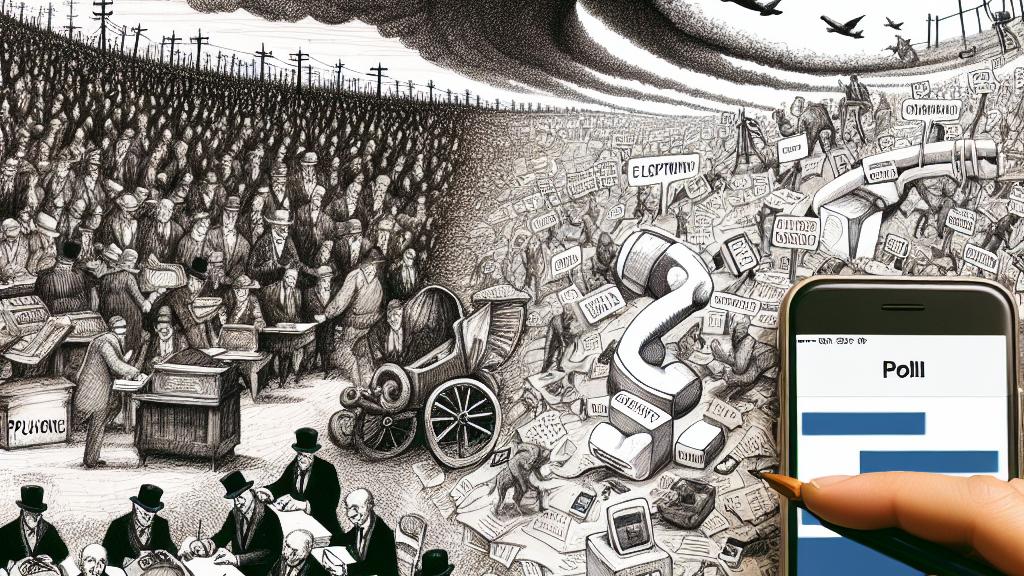Adapting Polling Methods to Modern Voter Engagement
Overview
- Pollsters are revolutionizing their strategies to connect with today's dynamic voters.
- Technological advancements challenge traditional polling, necessitating innovative approaches.
- Diverse sampling methods are essential for achieving accurate and representative data.

The Shifting Landscape of Polling
As the United States approaches another monumental presidential election, the challenge for pollsters is clear: how do they effectively engage with a populace that increasingly distrusts traditional communication methods? Once upon a time, receiving a call from a pollster was commonplace, often seen as an opportunity to voice opinions. However, in today’s fast-paced world, many younger voters are less inclined to engage over the phone, opting instead for quick texts or social media interactions that feel more immediate and relevant. To counter this trend, organizations like Emerson College Polling are innovating their outreach strategies. For example, by utilizing platforms such as Instagram and Twitter for polling, they not only reach voters in their preferred habitats but also increase engagement through interactive stories and quick polls, making the polling experience feel both accessible and engaging.
Advancements in Data Collection Techniques
Polling methodologies have undergone remarkable changes, transitioning from the once-standard practice of random digit dialing—where pollsters would randomly call numbers—into more sophisticated techniques molded by modern challenges. The reality today is that unsolicited phone calls often induce frustration among potential respondents, leading to plummeting response rates. As a solution, many pollsters are now favoring registration-based sampling, tapping directly into public voter registration records. This technique ensures the demographic composition of survey participants mirrors that of actual voters, thereby enhancing the reliability of the findings. On another note, non-probability sampling methods, such as quota sampling, provide a viable alternative by allowing researchers to select participants based on specific demographic criteria, thereby knitting a more comprehensive tapestry of public opinion, even though some critics argue these methods may introduce bias.
The Future of Polling Strategies
Looking to the future, it is evident that polling is in a state of dynamic evolution, fueled by a blend of innovative techniques and a steadfast commitment to accuracy. A startling 61% of national pollsters have revamped their methods since the last presidential election, as revealed by insights from the Pew Research Center. This shift reflects a deeper understanding that adaptability is vital in capturing voter sentiment accurately. For instance, while some organizations still rely on traditional live phone interviews, a significant number are combining these with modern approaches like online surveys and text messaging campaigns. Such diversity not only enhances their reach but ensures that they gather a rich array of perspectives from across the demographic spectrum. To effectively pave the way forward, pollsters must continue to embrace these varied methods, ultimately driving toward a more nuanced and comprehensive understanding of the electorate's voices, sentiments, and priorities.

Loading...